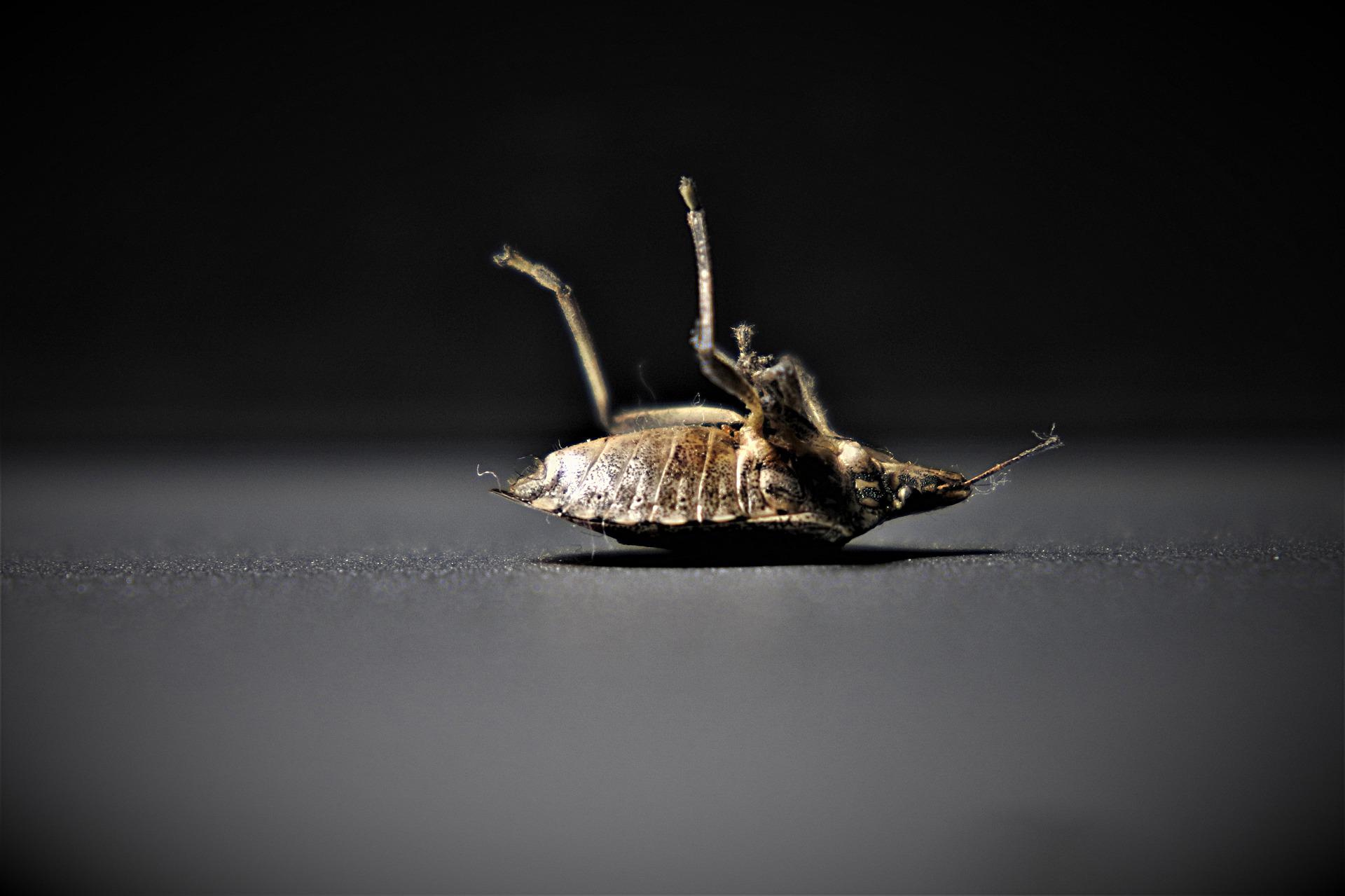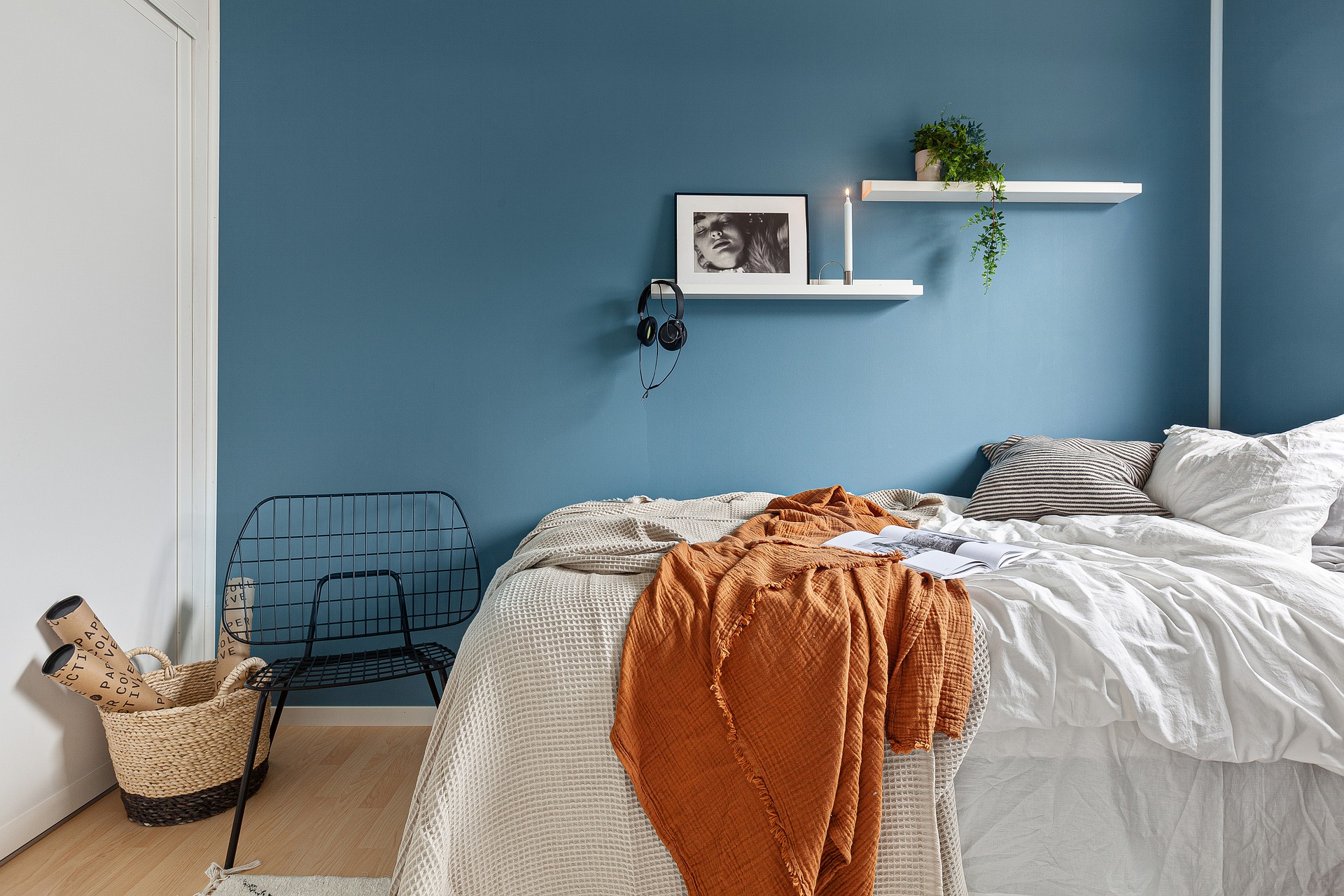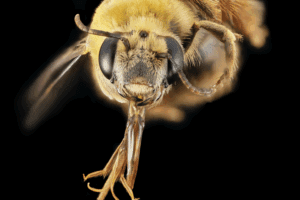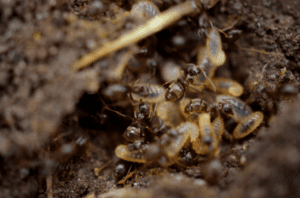
If you’ve ever encountered bed bugs, you know what a nightmare they can be to deal with. Thanks to their exceptional hitchhiking skills and rapid breeding, bed bug infestations are all too easy to acquire. With this guide, though, bed bugs don’t stand a chance on your property.


What do bed bugs look like?
Bed bugs are tiny, parasitic insects that are oval in shape. Their bodies are flat usually, but after taking a blood meal they are plumper and their color changes. Adults are typically between 3/16 and ¼ inch long. Unfed, they are brown. After they feed, their color turns to reddish-brown. Fed adults resemble an apple seed in shape and color. Nymphs, or immature bed bugs, are smaller than adults and are a translucent whitish-yellow color. If they have not fed recently, nymphs are almost impossible to see with the naked eye. Bed bug eggs are the size of a pinhead and are pearl white in color. If they are more than 5 days old, they will have a dark eye spot. Like nymphs, eggs are very hard to see.
Are bed bugs dangerous?
Bed bugs do not carry diseases and are not considered a dangerous pest. They are usually no more than a serious nuisance and the health risks they do pose are minimal. That being said, there is the potential for bites to cause allergic reactions ranging from mild to severe. Severe reactions may require medical attention, though such cases are rare. Numerous bites can also lead to asthma flare-ups in some individuals. What’s more, bed bug bites are very itchy and excessive scratching can lead to secondary infection. In short, bed bugs are not typically dangerous, but an infestation can pose certain health risks in addition to negatively affecting quality of life.Signs of bed bug activity
Seeing actual bed bugs is, of course, the most obvious sign of activity. However, the bugs don’t always show up when they’re being sought out, so here are the other signs to look for when searching a property for bed bugs:- Bites. Bed bug bites are small, raised, and red, and they usually appear in groups of three or four. The bites may be in a small cluster, a straight line, or a zig-zag pattern. Bites may appear on the arms, back, chest, stomach, and legs. As bed bug bites become more numerous, they get itchier and can cause a more serious reaction.
- Blood stains. Not huge stains, just tiny little rust-colored dots. Bed bugs are rather messy eaters and when they finish a meal, tiny amounts of blood may get on the furniture or its coverings (mattresses, bed sheets, couch cushions, etc.).
- Exoskeletons. Bed bugs shed their exoskeletons when they outgrow them. These shells can be found laying around any infested area. For the most part, exoskeletons look just like real bed bugs, except there’s no bug inside so they don’t move. They vary somewhat in size and color depending on the age of the bed bugs that shed them.
- Feces. Bed bug droppings look like tiny black specks and will appear anywhere that bed bugs are active.
- Odor. Bed bug infestations cause a sweet, musty odor that has been likened to sour raspberries. The raspberry smell is a sign of an advanced infestation.
How and where to check for bed bugs
When searching for bed bugs, you’ll need two tools- a flashlight and a plastic card, like a credit card or hotel room key. If you are performing a search in a hotel or motel room, inspect the luggage rack first. When you’ve determined it is clean, place your belongings there and nowhere else until you’ve completed your search.The Bed
As you’ve probably guessed, the most likely place to find any signs of bed bugs is in the bed, so it is best to start your search there. Go to a corner of the mattress and, one at a time, gently pull back the blanket, top sheet, bottom sheet, and mattress protector. Use the flashlight to carefully inspect each layer. When you reach the mattress, inspect the entire corner using the flashlight. Use the plastic card to look between folds and seams. Repeat this process on every corner of the mattress, then move on to the box spring, bedframe, and headboard. Look in all the cracks and crevices you can find- bed bugs like to hide in protected places. Hotel and motel headboards are often mounted to the wall, not the bed frame, so if you are checking a hotel room, be sure to take a peek in the gap between the headboard and wall.






